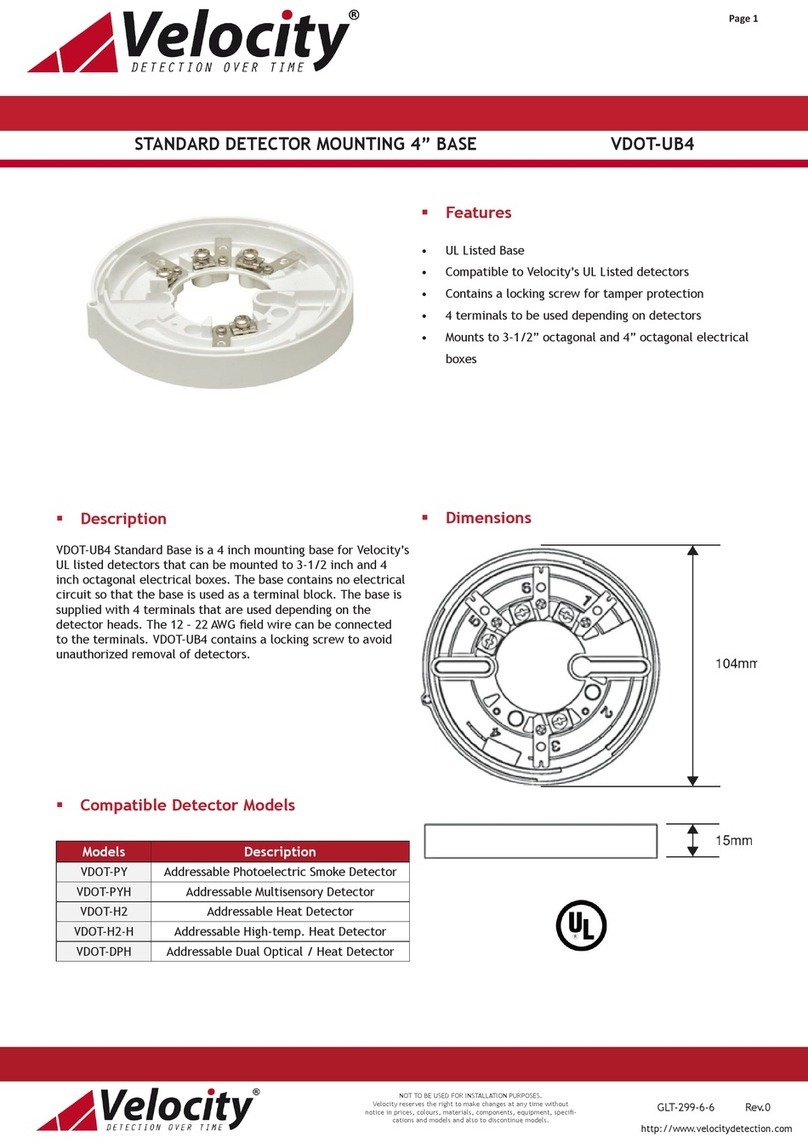Figure 8: Heat detector spacing —solid joist construction (plan view)
8.2.4 Exposed beams
Exposed beams may impede the heat flow to the detectors. Beams are defined as members extending 10 cm (4
in.) or more down from the ceiling and spaced more than 91 cm (36 in.) apart. The spacing of heat detectors must
be reduced by 33% in the direction perpendicular to the beam. Detectors can be mounted on the bottom of the
beams which are less than 30.4 cm (12 in.) in depth and less than 2.4 m (8 ft.) on center. If beams are greater than
46 cm (18 in.) in depth and are spaced more than 2.4m (8 ft.) on center, then each bay formed by the beams must
have at least one detector mounted on the ceiling. If the ratio of beam depth (D) to ceiling height (H), D/H, is
greater than 0.1 and the ratio of beam spacing (W) to ceiling height (H), W/H, is greater than 0.4, heat detectors
should be located in each beam. If either the ratio of beam depth (D) to ceiling height (H), D/H, is less than 0.1 or
the ratio of beam spacing (W) to ceiling height (H), W/H, is less than 0.4, heat detectors should be located on the
bottom of the beams.
Calculation:
D/H > 0.1 AND W/H > 0.4 : Mount the detector on the ceiling
D/H < 0.1 OR W/H < 0.4 : Mount the detector on the bottom of the beam
Figure 9: Heat detector spacing —beam construction (side view)































